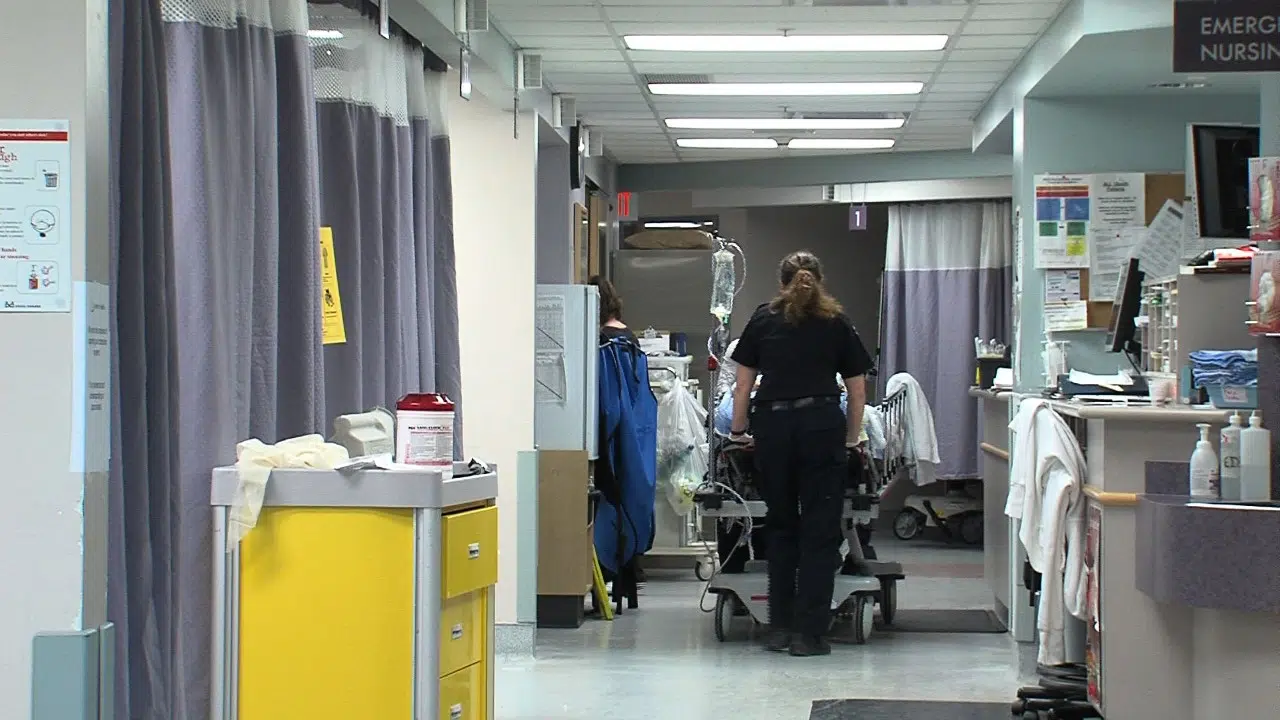
Kamloops emergency room facing capacity challenges
KAMLOOPS — It’s a harsh reality in this province, overcrowding in hospital emergency rooms. At Royal Inland Hospital thousands of patients flow through the doors of the ER every year, with the winter months being particularly hectic. Right now, the hospital is running at over capacity with a spike in flu cases contributing to the congestion. Patients accessing the emergency room should be prepared to wait.
The ever-rising tide of patients arriving in the emergency department. Over the past several years, it has become the norm at hospitals in BC and right across the country.
“In the last couple of days, our inpatient census has started to rise, that’s something we’re aware of and working hard on,” says Dr. Todd Ring, Royal Inland Hospital Chief of Staff.


